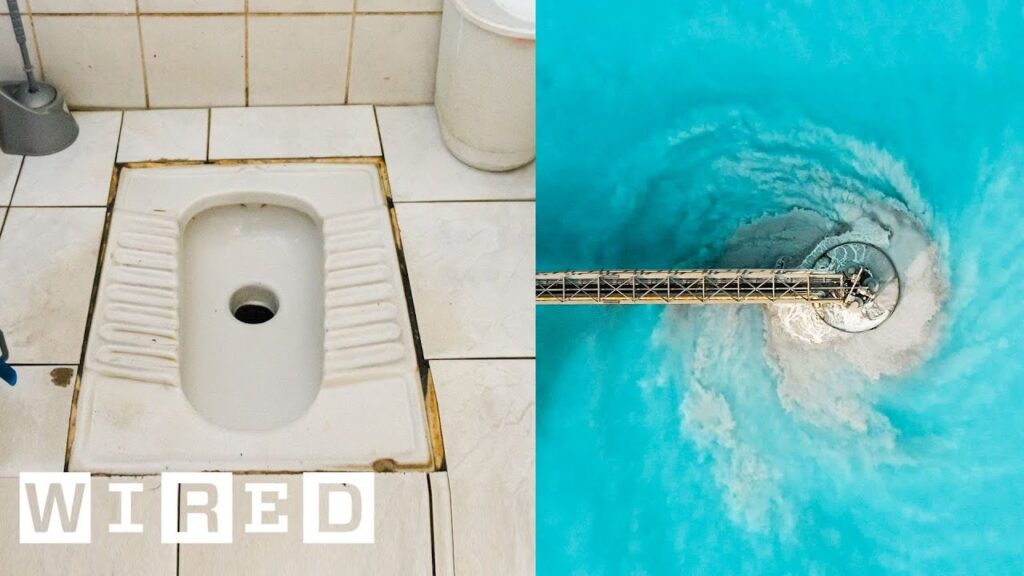Using Drones to Collect Whale Snot: A Game-Changer for Whale Research
Summary
The use of drones in collecting whale snot is a non-invasive, cost-effective, and real-time way to understand a whale’s condition. Artificial intelligence (AI) is being developed to identify fluke patterns and collect hormonal data, allowing researchers to gather a larger data set. While some whales may react to the drone’s presence, there is little evidence suggesting that this technology is invasive. Future research may also explore using drones to measure body temperature or intervene in cases where a whale is injured.
Table of Contents
- The SnotBot: A non-invasive way to collect whale snot
- Design Challenges in Creating the SnotBot Prototype
- Fluke Patterns: A Useful Way to Track a Whale’s Life
- Distinguishing Whales through Pectoral Fins, Blowholes, and Backs
- Hormonal Clues: Understanding a Whale’s Condition
- Addressing Concerns about Drone Invasiveness
- Future Applications for Drones in Whale Research
Introduction
Understanding whales and their oceanic environment has been a long-standing challenge in marine biology. Whale biopsies were expensive and invasive, requiring researchers to get near the animal to take small tissue samples. However, with the advent of drone technology, whale research has been revolutionized.
Q&A
The SnotBot: A non-invasive way to collect whale snot
- What is the SnotBot and how does it work?
- How is using drones to collect whale snot more efficient than other methods?
The SnotBot is a drone that collects whale snot when the animal exhales. The snot contains valuable information about the whale’s DNA, microbiome, hormone data, and other vital cellular data.
Before drones, researchers had to rely on invasive, expensive biopsies to collect samples. Drones are non-invasive, allowing researchers to collect data without further harming the animal. Additionally, the real-time data collection using drones provides researchers with a more comprehensive understanding of the whale’s ecosystem.
Conclusion
Whale research has been revolutionized with the use of drones. The SnotBot has simplified the process of collecting data while minimizing any harm to the animal, allowing researchers to obtain real-time information on the whale’s ecosystem. AI is also being developed to make sense of the data, allowing for a more accurate, non-invasive way to understand whales’ life and their environment. Still, further research is needed to maximize the drone technology’s potential completely.







